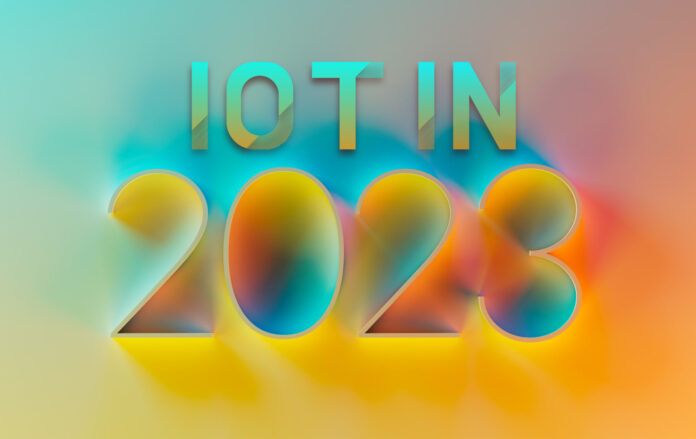The latest edition of ABI Research’s likeable annual tech predictions about what will fly in the year ahead, and what will splutter on the runway and return to the shed, has come up with a couple of interesting counterpoints in the massive IoT saga. Energy harvesting IoT solutions will start to gain some commercial traction in 2023, it reckons. But printed electronics, in the form of circuit boards and batteries, remains a work-in-progress, it said.
Both developments are tipped to deliver genuinely massive scale for the IoT market, as sensor-based solutions start to dispose of traditional batteries altogether and make their way into disposable assets like envelopes and packages. In its annual ‘tech trends that will and will not shape’ the year, ABI Research predicted a “bumper year” for IoT energy harvesting and more bumpy development for printed electronics, at least so far as commercial availability goes.
It stated: “Energy harvesting companies… have all tended to be engineering experiments; however, many are… being commercialised at scale. In 2022, around $110 million was invested in energy harvesting startups. In 2023, this will grow with ever larger funding rounds, helping to scale… and popularise… massive IoT and ambient IoT… Semiconductor manufacturers’ acquisition of energy harvesting companies is expected in the 2023/24 period.”
It noted that printed electronics – involving conductive inks, metal etching, and laser-direct structuring (LDS) for printable circuits and batteries – will also “revolutionise what is possible”, including by allowing for no-touch IoT to be embedded into items like envelopes and packages in production, and at massive volume. But it said the “market is still in its infancy, and 2023 will not be the year” printed electronics find their way into commercial IoT solutions.
But it added: “However, 2022 has given us some of the first glimpses into what new printing technologies could bring to the IoT – and as the market matures in the coming years, technology vendors and adopters should start assessing and considering what position they want to occupy.” A full list of ABI Research’s 2023 tech trends and tech fails is available here.
At the same time, at the other end of the IoT game, the firm issued a press note before Christmas about a new report on machine vision in the industrial market, suggesting 2023 will see continued growth also – with total shipments of machine-vision camera systems reaching 197 million units and $35 billion in sales revenue by 2027, from 113 million units and $18 billion in 2020. “Machine vision is on the job in factories, warehouses, and shipping centres,” it said.
David Lobina, artificial intelligence and machine learning analyst at ABI Research, said: “[Machine vision] technology is merging with machine learning to lead the transition to Industry 4.0,” it added. “The possibilities are enormous, especially at the edge… The shift from machines that can automate simple tasks to autonomous machines that can ‘see’ to optimise elements for extended periods will drive new levels of industrial innovation.
“Machine learning can augment classic machine vision algorithms by employing the range and reach of neural network models, thus expanding machine vision far beyond visual inspection and quality control, the locus classicus of good, old-fashioned computer vision. Of all the trends… machine learning market at the edge… has the most exciting applications and benefits – in devices that are part of embedded systems and IoT.”
He went on: “Smart manufacturing is perhaps the most straightforward case, where smart cameras, embedded sensors, and powerful computers can bring machine learning analysis to every process step… The market is also ripe for development in smart cities, smart healthcare, and smart transportation.” Lobina cited the machine vision work by ATOS in the smart cities market, Arcturus in healthcare, and Netradyne in transportation.

